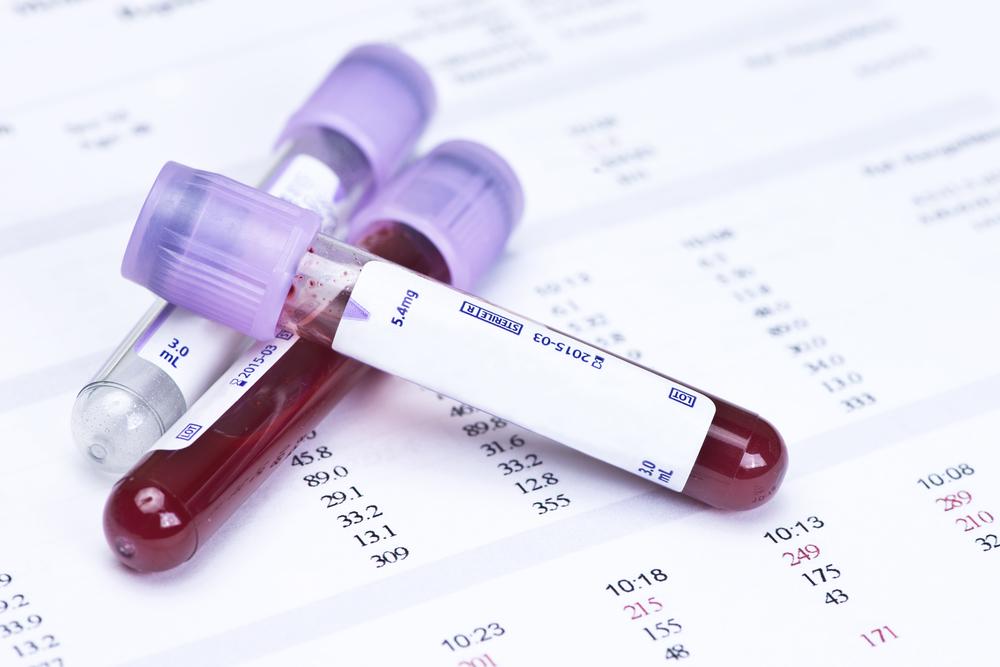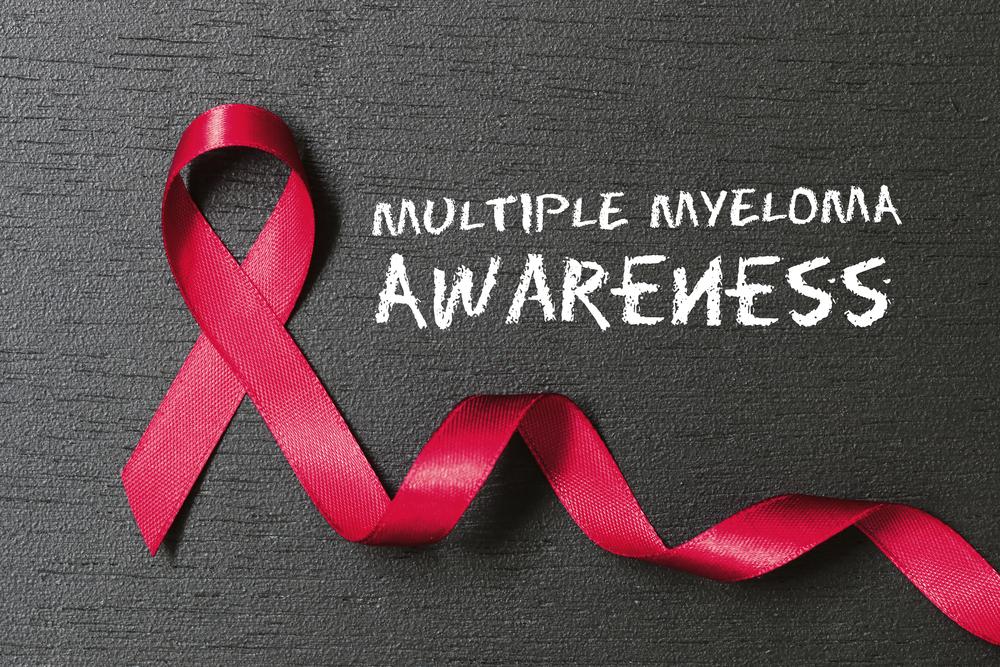Understanding Critical Situations That Require Blood Donations and Transfusions
This comprehensive article explores various situations that necessitate blood donations and transfusions, emphasizing their importance in medical emergencies, surgeries, and chronic blood disorders. It highlights the critical role of voluntary donors and discusses conditions like anemia, leukemia, hemophilia, and postpartum hemorrhage. Understanding these scenarios encourages community participation in blood donation drives, crucial for saving lives and supporting health systems worldwide. The article aims to educate readers on the significance of maintaining a steady blood supply for diverse medical needs and emergencies.

Blood donation and transfusion are vital components of modern healthcare, saving countless lives across the globe each year. Whether in emergency trauma cases, complex surgeries, or managing chronic blood disorders, having a reliable blood supply is crucial. This extensive guide explores the wide array of scenarios where blood donations and transfusions become indispensable, providing detailed insights into each situation and emphasizing the importance of voluntary blood donation for community health.
Common Reasons for Blood Donation and Its Significance
The Critical Need for Blood Donations
Blood donation drives are the backbone of emergency medical services, ensuring adequate supply during crises. Healthy donors contribute by providing blood—a life-saving fluid that can be separated into various components such as red blood cells, plasma, and platelets, each serving specific medical needs. This section outlines the primary motivations and scenarios that necessitate blood donation.
Trauma and Emergency Surgeries: When accidents happen, the severity of injuries often requires immediate blood transfusions to replace lost blood. In cases like severe car crashes, patients may lose several liters of blood, sometimes up to 100 pints (4.5 liters). Rapid access to compatible blood can make the difference between life and death. Similarly, war casualties and disaster victims depend heavily on the availability of donated blood to survive critical injuries.
Complex Surgical Procedures: Major surgeries—such as cardiac operations, organ transplants, or neurosurgical interventions—often involve significant blood loss. Preoperative planning includes securing sufficient blood supply, and continued transfusion support during and after surgery ensures patient stability and recovery.
Infections and Hematological Disorders: Certain infections and diseases directly impair the body’s ability to produce or maintain healthy blood components. Blood donation helps manage these conditions effectively, saving lives and improving quality of life.
Medical Conditions Justifying Blood Transfusions
Blood Disorders Needing Transfusions
The human body relies on a delicate balance of blood components: red blood cells, white blood cells, platelets, and plasma. Diseases affecting these components may require blood transfusions to restore health and prevent life-threatening complications.
Red Blood Cell-Related Conditions:
Anemia: This condition arises from a shortage of healthy red blood cells or abnormal hemoglobin. It causes symptoms such as fatigue, weakness, dizziness, and shortness of breath. Severe anemia often requires transfusions to supplement red blood cells, improve oxygen delivery, and alleviate symptoms.
Iron-deficiency anemia: The most common anemia, caused by inadequate iron intake, gastrointestinal bleeding, or chronic illness. While long-term management includes dietary changes and iron supplements, transfusions offer immediate relief in critical cases.
Aplastic anemia: A rare disorder where bone marrow fails to produce sufficient blood cells. Transfusions of red blood cells and platelets are essential for symptom management, alongside immunosuppressive therapies.
Chronic Diseases: Conditions like Crohn’s disease, lupus, and rheumatoid arthritis can impair blood cell production, sometimes requiring transfusions during disease flares or severe anemia episodes.
Thalassemia: An inherited blood disorder characterized by abnormal hemoglobin production. Patients often need lifelong regular transfusions—every 2 to 4 weeks—to maintain adequate oxygen transport, coupled with iron chelation therapy to prevent iron overload.
Sickle Cell Disease: A genetic disorder where abnormal hemoglobin causes red blood cells to assume a sickle shape, obstructing blood flow and leading to pain crises, organ damage, and profound anemia. Transfusions are critical for preventing complications and managing severe cases.
White Blood Cell Disorders:
Lymphoma: Cancer of the lymphatic system, resulting in decreased or abnormal white blood cell production. Transfusions help compensate during treatment-induced marrow suppression.
Leukemia: Malignancy of blood tissue that causes abnormal proliferation of white blood cells, leading to anemia, bleeding risks, and infection susceptibility. Transfusions support patient strength during chemotherapy or marrow transplants.
Multiple Myeloma: A plasma cell cancer impairing blood counts, often necessitating transfusions to treat anemia and thrombocytopenia.
Myelodysplastic Syndrome: Bone marrow produces poorly functioning blood cells, leading to anemia and bleeding tendencies, managed with red blood cell and platelet transfusions.
Platelet-Related Conditions:
Thrombocytopenia: Low platelet counts, which can result from autoimmune diseases, medications, or marrow disorders. Transfusions are vital during severe bleeding or prior to invasive procedures.
Blood Clotting and Plasma Disorders:
Hemophilia: An inherited deficiency of clotting factors causing spontaneous bleeding and hemorrhage. Transfusion of plasma-derived clotting factors is the main treatment.
Von Willebrand Disease: A genetic disorder reducing von Willebrand factor, essential for platelet adhesion. Management includes plasma products containing the deficient factor.
Addressing Excessive Blood Loss:
Severe bleeding episodes from childbirth, trauma, or medical complications often require prompt transfusion of whole blood or blood components. Postpartum hemorrhage, characterized by excessive bleeding following delivery—over 500 mL in vaginal birth or 1,000 mL during cesarean—remains a significant cause of maternal mortality globally. In well-equipped healthcare settings, timely blood transfusions can effectively prevent maternal morbidity and mortality, underscoring the importance of a stable blood supply.
Understanding these diverse medical needs highlights the importance of consistent blood donation and maintaining a robust blood bank. Without voluntary donors, managing emergency situations and chronic health conditions would be vastly more challenging. The donation process is simple, safe, and crucial for community health resilience. By donating blood regularly, healthy individuals can save lives and make a meaningful difference in their communities. Ensuring an adequate, safe, and accessible blood supply remains a shared responsibility among healthcare providers, governments, and citizens.





